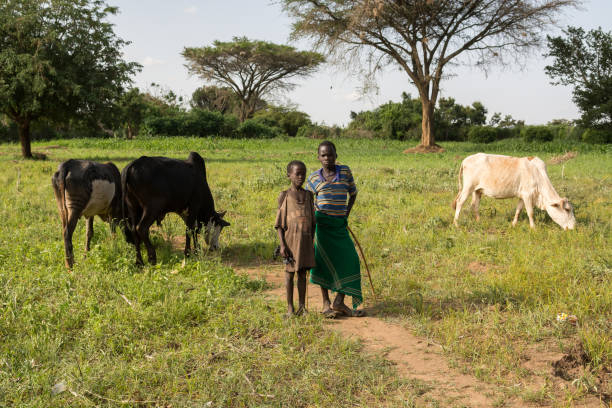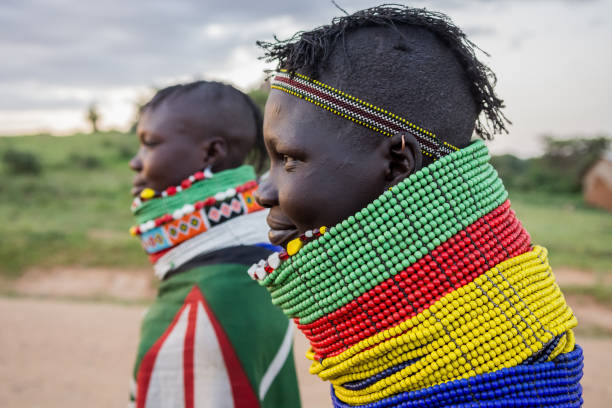To meet the Karamojong
The Karamojong people dwell in the southern half of the region in the north-east of Uganda, covering one-tenth of the nation. Anthropologists believe the Karamojong are descendants of a group that migrated from present-day Ethiopia around 1600 A.D. and separated into two branches, one of which moved to present-day Kenya and formed the Kalenjin group and Maasai cluster. The other branch, known as Ateker, moved westward. Ateker further separated into various groups, including Turkana in present-day Kenya, Iteso, Dodoth, Jie, Karamojong, and Kumam in present-day Uganda, also Jiye and Toposa in southern Sudan all of them are now known as the "Teso Cluster" or "Karamojong Cluster".
In the far northeast of the country, rubbing shoulders with Kenya and South Sudan, the diverse Karamoja area sees just a few travelers going for the lonely wildness of Kidepo Valley National Park. The Karamojong, a historically ferocious tribe of cattle-raiding pastoralists, live in the area, making them one of Uganda's most interesting peoples. Visits to a Karamojong manyatta frequently include cultural dance, or "high leaping", in the form of the more famous Masaai just across the border.
The Karamojong's major source of income is cattle herding, which is both social and culturally significant. Crop cultivation is a secondary activity that is only practiced in regions where it is feasible. Due to the region's dry climate, the Karamojong have historically practiced a form of pastoral transhumance, in which they transfer their cattle to nearby districts in search of water and pasture for their animals for 3-4 months out of the year. The Karamojong's connection with other ethnic groups is influenced by the availability of food and water.












